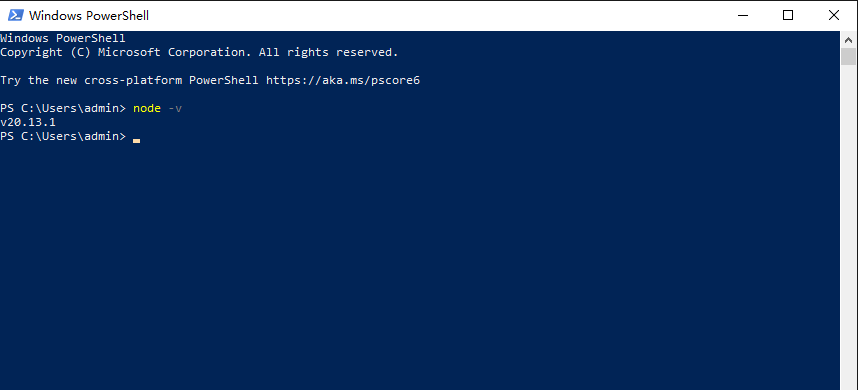How to Install Node.js on Windows Operating System?

Installing Node.js on a Windows operating system is a straightforward process, but following the correct steps and precautions can help you avoid common installation errors. Here is a step-by-step guide, including each step's considerations and potential issues, to ensure a smooth installation process.
Download Node.js Installer:
- Visit the Node.js official website ( https://nodejs.org/ ).
- Select the LTS version suitable for your system.

Note: Ensure you choose the version that matches your operating system architecture (32-bit or 64-bit).
Error Tip: If you download an incompatible version, the installer may fail to launch or may not function correctly after installation.
Run the Installer:
- Double-click the downloaded MSI file to start the installation.
- Follow the instructions in the installation wizard, usually the default settings are fine.
- Make sure to check the “Add to PATH” option.

Note: Avoid using special characters or non-English characters in the installation path, as this can prevent Node.js from being recognized by other programs.
Error Tip: If you cannot recognize the node or npm commands in the command line after installation, it is likely because Node.js was not added to the system path.
Verify the Installation:
- After the installation is complete, open a command prompt window to verify the installation.
- Type
node -vandnpm -vto check the versions.
Note: Use Command Prompt instead of PowerShell for testing, as PowerShell can sometimes show inconsistent behavior.
Error Tip: If the command prompt returns an error such as "node is not recognized as an internal or external command, operable program or batch file," it usually means Node.js was not correctly added to the system path.
Getting Started:
You can now start using Node.js and npm to develop your applications.
1. Check Node.js Version
To check the current installed version of Node.js, enter the following command in the command prompt:
node -vor
node --version2. Run a Node.js Script
To run a Node.js script file (e.g., app.js), navigate to the directory containing the file in the command prompt and use the following command:
node app.js3. Install NPM Packages
When using Node.js, you may need to install various npm packages. To install npm packages globally or locally, use the following commands:
To install a package as a project dependency:
npm install package-nameTo install a package as a global dependency (may require administrator privileges):
npm install -g package-name4. Update NPM Packages
To update npm packages in the current directory, use the following commands:
Update all packages to the latest version:
npm updateUpdate a specific package:
npm update package-name5. View Installed NPM Packages
To view all installed npm packages, use the following commands:
View globally installed packages:
npm list -g --depth 0View packages installed in the current project:
npm list --depth 06. Uninstall NPM Packages
If you need to remove a package from your project, use the following commands:
Uninstall a package from project dependencies:
npm uninstall package-nameUninstall a package from global dependencies:
npm uninstall -g package-name7. View NPM Package Information
To view detailed information about an npm package, such as version, dependencies, repository link, etc., use:
npm view package-nameThese basic commands are very useful for managing Node.js applications and their dependencies. With these commands, you can effectively develop and maintain your Node.js projects.
Note: To ensure dependency management, it is recommended to use local (project-specific) installation rather than global installation of npm packages.
Error Tip: If you encounter network errors while using npm to install packages, it may be a network configuration issue, especially in environments using a proxy server.
Following this detailed step-by-step guide and the considerations mentioned, you should be able to complete the Node.js installation smoothly and start your development journey. If you encounter any issues during the installation or configuration process, be sure to check the Node.js official documentation or search related community forums for assistance.
How to Install Node.js on Windows Operating System? Review FAQ
When testing Proxy Servers and...
Installing Node.js on a Window...


